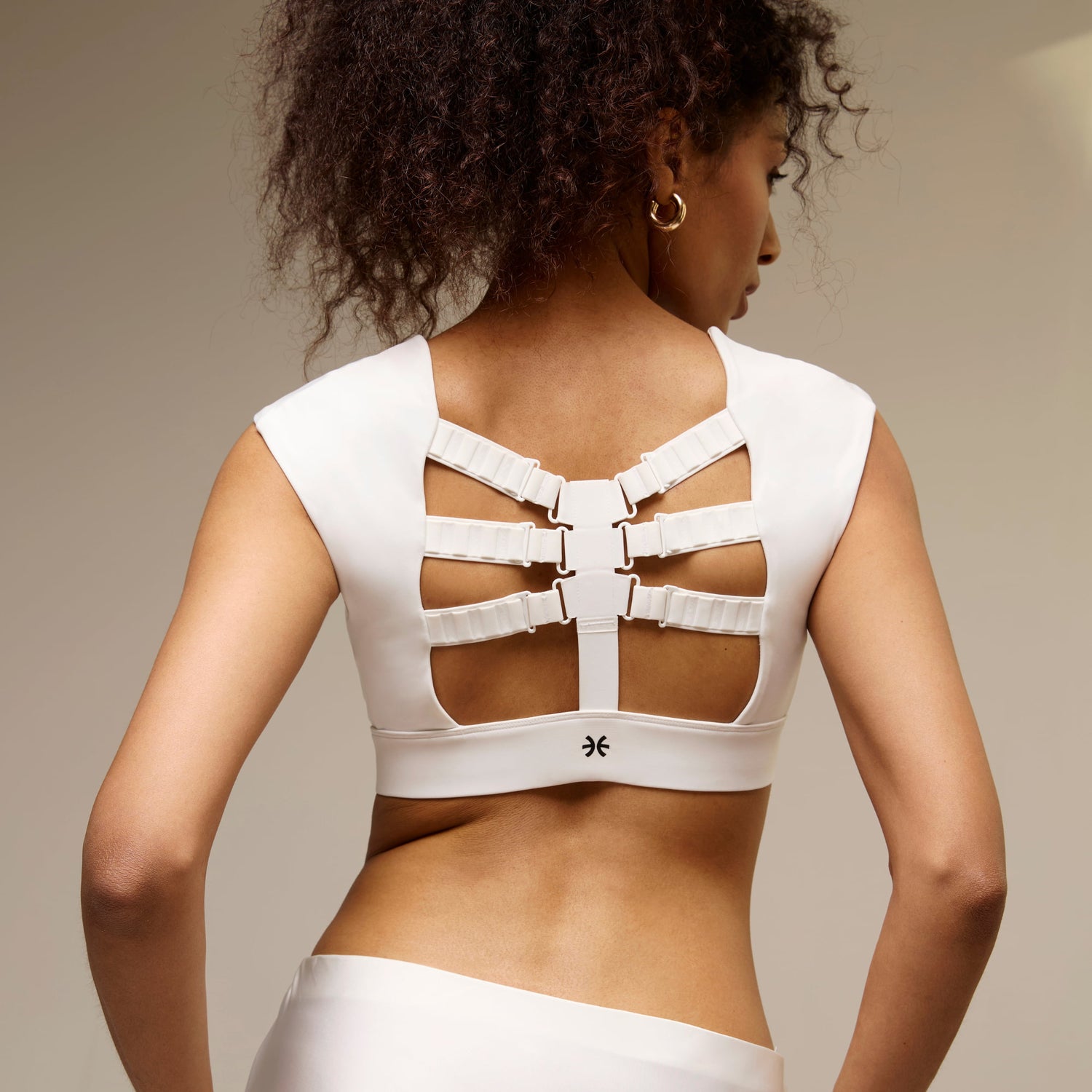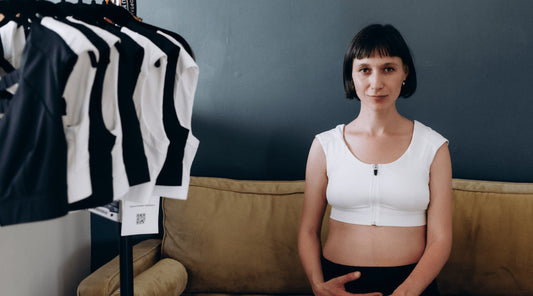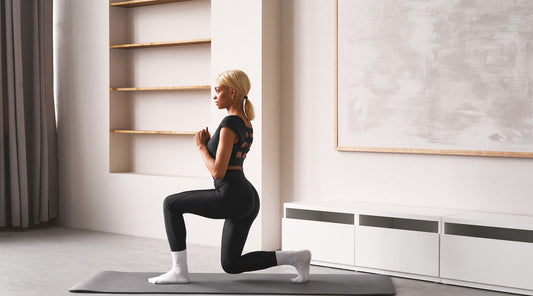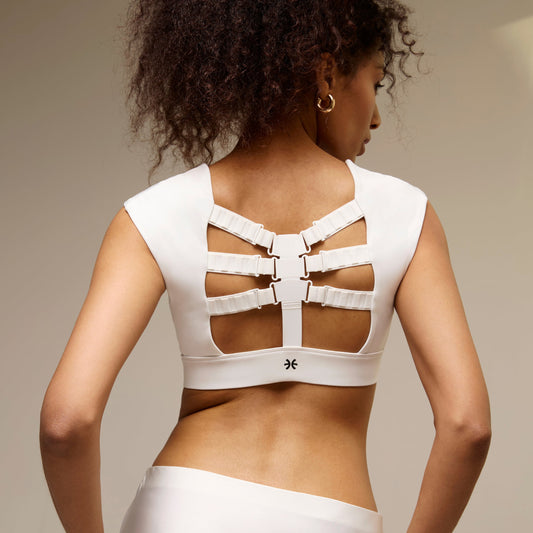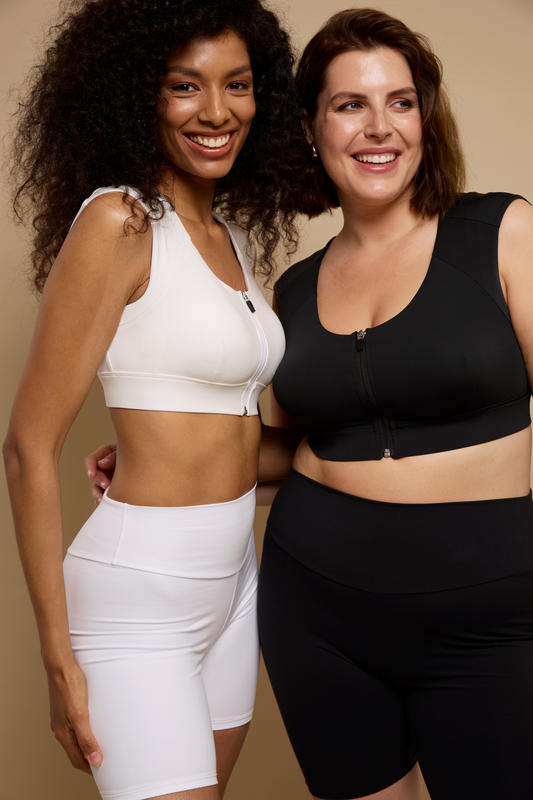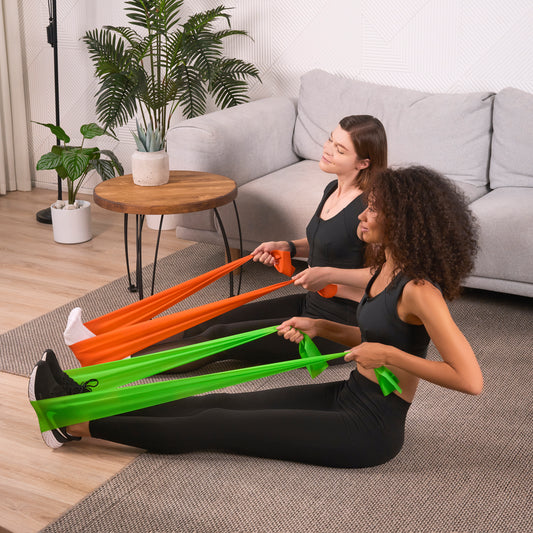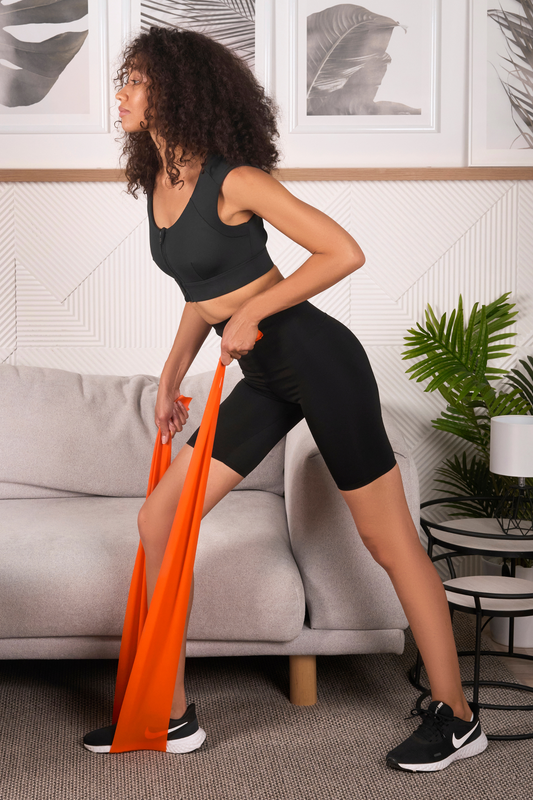Forward head posture, also called forward neck posture, is a very common postural abnormality that affects between 66 and 90 percent of the population. One can experience tension-type headaches, neck and upper back pain, and other symptoms in addition to looking unattractive with this posture.
Prolonged forward head posture (FHP) can, therefore, result in localized dysfunction in the CS as well as impairments in other body regions.
It is crucial to figure out how to fix forward head posture in order to avoid essential health issues and chronic diseases in the future.
What causes forward head posture?
The first step to get rid of forward neck posture is to identify the reasons that can lead to such a problem.
The cervical vertebrae, the topmost segment of the spine that supports the head and shields the spinal cord, may become compressed due to this humpback posture, potentially causing excruciating shortening of the back muscles.
This is because your head will naturally follow your shoulders and upper back when they round forward and down, which will also cause your gaze to downward. Your head must be raised to see what is in front of you, such as your computer screen or the scene outside your front windshield.
A straight line should run from the middle of your upper back to the back of your head. If you do this, the back of your neck will develop a sharp crease. This causes your jaw to curve forward.

How to Recognize Forward Head Posture?
People can only strive to improve forward head posture if they understand how to recognize it. Two of the more common methods for measuring forward head posture include:
- Ruler-sized calculations. Using this technique, the patient stands with their back to a wall, and the doctor measures the distance between the patient's back and the wall using a ruler. Forward head posture does not occur if the head touches the wall while the body is naturally upright. There is a greater degree of forward head posture the farther the head is from the wall.
- Creniovertebral angle measurement. Using this method, the forward-facing angle at the base of the neck is measured using two lines: one horizontal and the other rising to the ear. Although the craniovertebral angle is more difficult to measure, numerous studies have found that it is a particularly useful measurement that more closely correlates to neck pain and other symptoms related to forward head posture.
Correct cervical posture can be easier with Etalon posture correcting bra, which helps you remember to adopt the correct posture.
How to Fix Nerd Neck?
Numerous issues can be avoided and prevented if one understands how to fix neck posture correctly.
1. Make use of just one firm pillow.
Pick a pillow that accommodates your neck's natural curve. If your pillow is too high or too low, your head may rest in an overexerted position all night long, every night. Improving neck posture and correcting the resulting muscle imbalance can be challenging. Instead, select a single firm pillow to support your head while keeping your neck neutral.
2. Establish an ergonomic workplace.
Ensure that the chair and desk combination of you supports proper posture by enabling you to sit with your feet firmly planted on the floor and your elbows resting at a 90-degree angle when your arms are resting on the desk. To avoid constantly squinting to see what's on your screen, place your computer screen 18 to 24 inches away from your head, with the top of the monitor at eye level.
3. Organize your backpack.
Select a backpack that fits your body proportions. If you are not a big person, choose a smaller backpack. To avoid carrying extra weight, take some time to remove unnecessary items from your possession.
Shoulders should be well-rested, so try to place any heavy objects that are necessary close to the center of your back. Additionally, try not to wear your backpack on one strap to prevent undue strain on one side of your neck.
These friendly reminders and advice are a few more steps to assist in fixing front neck posture easily without any complex or difficult tasks.
Exercises to Correct Forward Head Posture
Regular physical activity is also crucial to curing the forward head.
Neck strengthening exercises
Chin tuck: it improves head alignment and fortifies the neck muscles. Either stand up straight in a chair or take a relaxed stance. Gently tuck your chin in, almost like you have a double chin. Hold for ten to fifteen seconds. Ten times over, repeat.
Prone cobra: with your palms on the ground, extend your arms to the sides. Press the tongue against the roof of the mouth to help stabilize and strengthen the muscles in the front of the neck.
Keep your hands off the ground and firmly press your shoulder blades together. With the thumbs up and the palms out, roll the elbows in. Avoid tilting the head back and instead look forward. Gently raise the forehead of the towel by about an inch while maintaining a straight gaze with the eyes. For ten seconds, hold the position.
Stretching Exercises for Neck and Shoulders
Neck flexion stretch
Take a straight seat or stand up. Slowly lower your chin to your chest. Hold for 15–30 seconds. Release gently, then go again. Stretching too deeply or frequently can worsen the problem, so be careful not to overdo it when performing multiple sets.
Shoulder squeezes
The shoulder blade squeeze strengthens the muscles between your shoulder blades and aids in correcting forward neck posture. Adopt a straight posture, keeping your arms by your sides. The space between your shoulder blades should be pinching. Hold for five seconds, then repeat.
Daily Routines to Improve Neck Posture
Maintain hydration. The health of your intervertebral discs depends on adequate hydration. Drinking enough water can maintain the discs' elasticity and lower the chance of stiffness and discomfort.
Use your devices mindfully. Pay attention to how you use your gadgets. To lessen strain, hold your phone at eye level, avoid looking down for extended periods of time, and think about using voice commands or ergonomic accessories.
Include activities that strengthen the neck. Exercises like pilates, yoga, and swimming are great for building neck muscles and enhancing posture in general. They also enhance flexibility, balance, and muscular control.
Additional Treatments for Forward Head Posture
Forward head posture exercises are the key to good physical and, as a result, mental and spiritual health. Furthermore, for mechanical neck pain, several treatment modalities are used: traction manipulation, soft tissue massage, acupuncture, heat therapy, cryotherapy, mechanical and manual traction stabilization exercises, and electrotherapy modalities.
These interventions can be given singly or in combination for an extended period of time to fix forward head posture. Treatments for postural correction may enhance forward head posture, which in turn may alleviate mechanical neck pain.
Conclusion
FHP happens when a person's head is held forward in front of their body, not in a neutral position relative to their spine. Users of computers, cell phones, and other electronic devices frequently change their posture while using them. However, FHP can also result from other causes.
Forward head posture must be addressed effectively and efficiently to prevent the patient's condition from getting worse or from suffering any physical harm. One of the best modern solutions to correct forward head posture is wearing a posture correcting bra for posture support.
Photo by Brooke Cagle on Unsplash
FAQs
Can forward head posture lead to other health issues if not corrected?
What are the signs that my forward head posture is improving?
What should I do if I experience pain while performing exercises?
Can you permanently correct forward head posture, and how long might it take?
What lifestyle changes support the improvement of forward head posture?
Trending
Try Etalon posture improvement products
